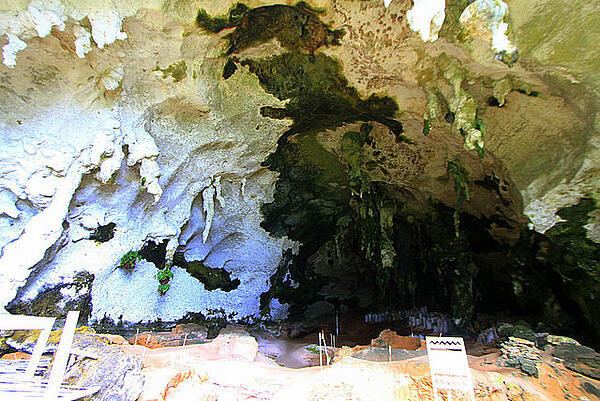Core Population theory
World renowned Filipino anthropologist Felipe Landa Jocano was one of the first scholars dispute Beyer’s Wave Migration Theory, suggesting instead an alternative based on evolution known as the Core Population Theory.
Also known as the Evolution Theory, Jocano's theory proposed that there weren’t actually particularly clear or distinct ‘waves’ of migration taking place in the Philippines. Instead, he suggested that there was a long and continuous process of evolution and movement of early humans. This would mean that the earliest humans in Southeast Asia were once very similar in terms of culture and ethnicity but slowly began to split - differentiating themselves until they developed into independent groups.
According to Jocano, it’s likely that two of the main groups that acted as the foundation for this development were the Negritos and the Malays, who are thought to have migrated to the archipelago many thousands of years ago. Of course, this suggestion poses questions of its own as permanent presence of both the Negritos and Malays as one of the first inhabitants of the Philippines is disputed.
However, it is possible that their ancestors could have been the first permanent inhabitants of the Philippines. Evidence of this was discovered in the Tabon Caves in Palawan in 1962, then archaeologists Robert Fox and Manuel Santiago found the skullcap of the Tabon Man.

Dated to between 21,000 and 22,000 years ago, Tabon Man proves - according to Jocano - that man came earlier to the Philippines than to the Malay Peninsula, so the first inhabitants of the Philippines could not have been from the region. However, he did have many similarities to Java Man and Peking Man, which were discovered in Indonesia and China, respectively, and were found to be between 200,000 and 1,000,000 years old.
According to Jocano, this suggests that the Evolution Theory is an accurate theory of how to explain how humans came to inhabit the Philippines. The similarities shared between the different fossils - in spite of many years that lay between them - provide support for this, demonstrating that humans probably did come from a small number of foundation groups and then developed through migration and evolution. Meanwhile, the maintained similar types of culture and even similar practices in terms of tools.
Jocano suggests these people then went on the separate more permanently, settling in areas such as Java, New Guinea, Borneo and the Philippines, but still ultimately descending from the same migrating populations.
MLA Citation/Reference
"Core Population theory". HistoryLearning.com. 2025. Web.
